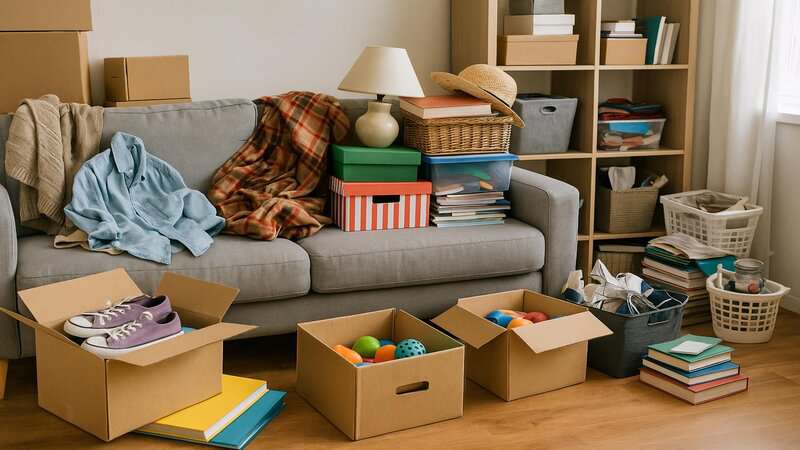Most of us think of hoarding as something extreme—piles of items spilling out of rooms or walkways blocked by stacks of boxes.
But in reality, clutter and hoarding behaviors can sneak into our daily routines without us even noticing.
Harmless habits, like saving old receipts or keeping every birthday card, seem insignificant at first.
Yet over time, these choices add up and contribute to a more cluttered and overwhelming environment.
This article explores the less obvious, sneaky ways you might be hoarding—without even realizing it.




















